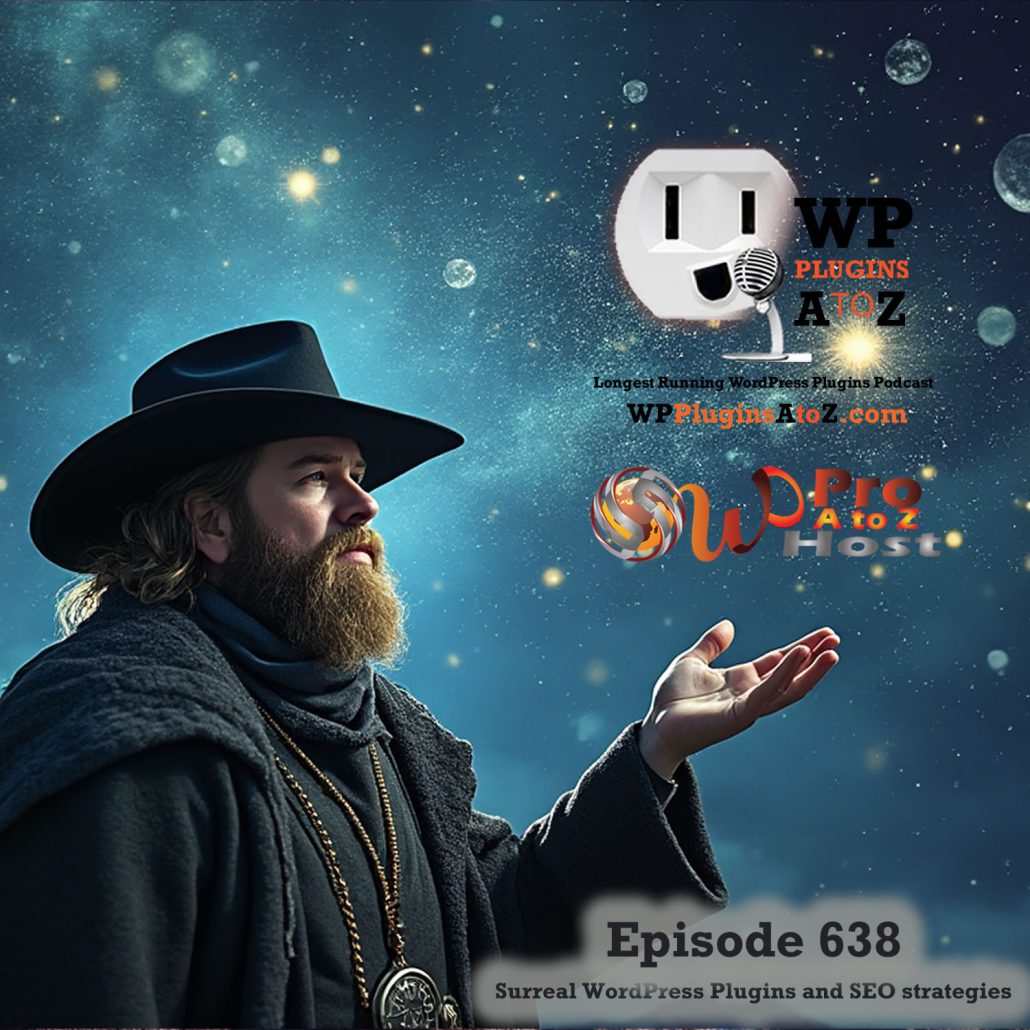By Mario Carini
With today’s technology, selling has taken a new meaning. The door-to-door salesman is a thing of the past. Though the method of selling a product or service may be different, the basic rules are still the same and need to be reflected on your web site.
The Internet makes it possible to sell your product worldwide, but it lacks the personal touch that a face-to-face meeting could do. Your site has to work a lot harder if you hope to convince a viewer to buy your product.
A flashy website won’t always lead to lots of sales. Unless you have something positive and informative, most viewers will move on.
In order to keep your customer at your site, you need to entice the reader to read every sentence until he reaches the end of the page and wants to order. Your first page is the most important part of your website.
So what should your first page of your site contain? Preparing a website means doing more than throwing up a flashy page. There is to be some kind of organization to the site. A professional site is easy to navigate. If you are selling something of value get a professional to design a site for you. Consider yourself as a teacher educating your customer about your product and service.
It should show your product clearly. Your customer wants to see product not clever graphics or advertisements that have nothing to do with what he’s looking for. The customer wants to see what you have on that first page, not on page 20. Customers buy solutions, not the products or services.
A simple presentation. Your site can’t be cluttered up with banners, text ads and graphics. White space is important. Links should be clearly placed. The door-to-door salesman of the past sold only one item, whether that item was a hair brush, cosmetics or a vacuum cleaner. Keep your site simple, direct and easy to understand.
Persuasion. Your product or service should provide a solution to the customer. It should demonstrate to the customer that he is better off with your product than he would be if he just saved his money. Position your site as the low-risk provider of your product and service. The customer always looks for the lowest price for whatever he wants to buy. Persuasion addressees the customer’s fear of making the wrong decision when buying your item. This should come across in your web page. Overcoming the customer’s fear means placing a money-back guarantee if he isn’t satisfied.
Establishing trust online isn’t easy to do, but the one way of getting around this problem is to make yourself available. That means posting your email address, phone number and even your address as necessary. It’s a good way to establish a good relationship with a faceless customer. Remember that trust does not end after the first sale is made. Your are not just selling a product, you are working for your customer. That after-sales service should make up a part of your first page. Offer incentives that keep him from forgetting you and coming back to buy from you again and again.
Provide some incentives. You want your customer to buy from you and not surf over to the competition. You should offer up some kind of freebie or offer up a special discount if he responds immediately.
Take the time to design your front page. It’s the first thing people see before they make the decision to view the rest of your site. Your front page is like the outside of your home. If it isn’t attractive, no one will want to know what the inside looks like.
Mario Carini is a freelance writer who has had many of his articles published at Helium, Suite 101, eHow, Constant Content and his blog at Word Press. For more info on his work send an email to: MrMaGca@gmail.com Among his interests are running an affiliate business where you can both buy and sell your own products. You can find more about this at: http://www.tripleclicks,com/71130/go
This article courtesy of SiteProNews.com



